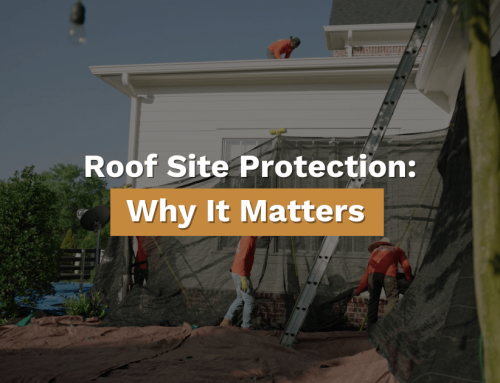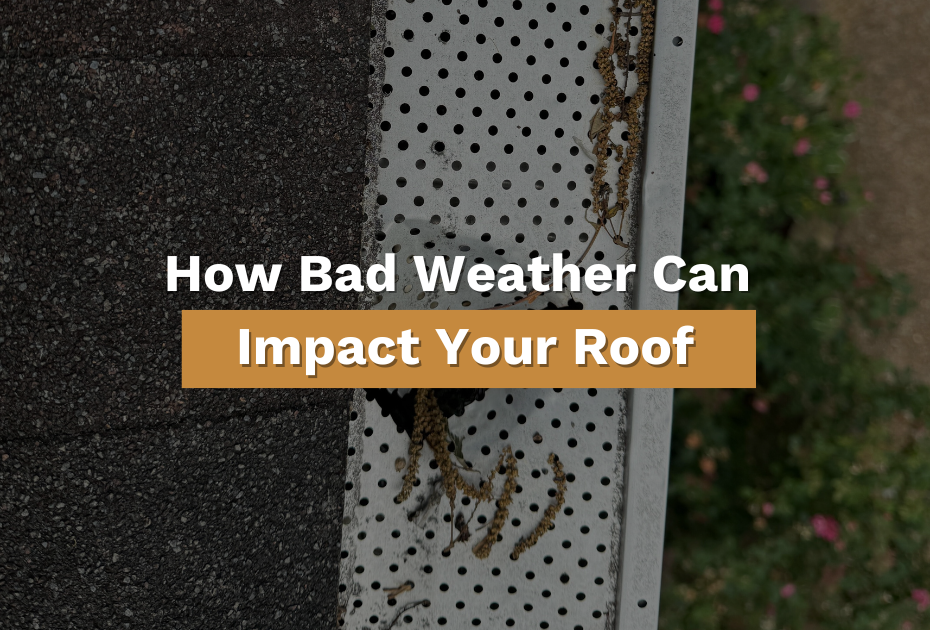
Highlights for Bad Weather Impacts Your Roof
Middle Tennessee’s diverse weather—from hail and heavy rain to high winds, heat waves, and snow—poses serious threats to residential roofs. Each season brings unique challenges that can damage shingles, gutters, underlayment, and even structural components of the roof. Hail can bruise or crack shingles, heavy rain leads to hidden water damage, and high winds tear away roofing elements. Intense summer heat causes expansion that weakens materials, while snow accumulation and melt contribute to leaks and mold. Routine roof inspections, especially after storms, are critical to identifying early signs of storm damage. Five Points Roofing recommends professional evaluations, including drone inspections, to protect homes and prevent costly repairs.
Table of Contents
Tennessee Weather and Your Roof: What Every Homeowner Should Know
Last Updated: 5/27/2025 | Published on: 10/3/2022
When inclement weather strikes, your roof stands between you and the elements, and it often takes a beating from falling limbs, excessive wind shear, water, or searing heat.
To prepare your roof for inclement weather patterns, start with an inspection. Improperly installed roof elements and previous damage can jeopardize a roof's ability to protect you.
Every season has its challenges. Check out the impact that common weather events can have on your roof.
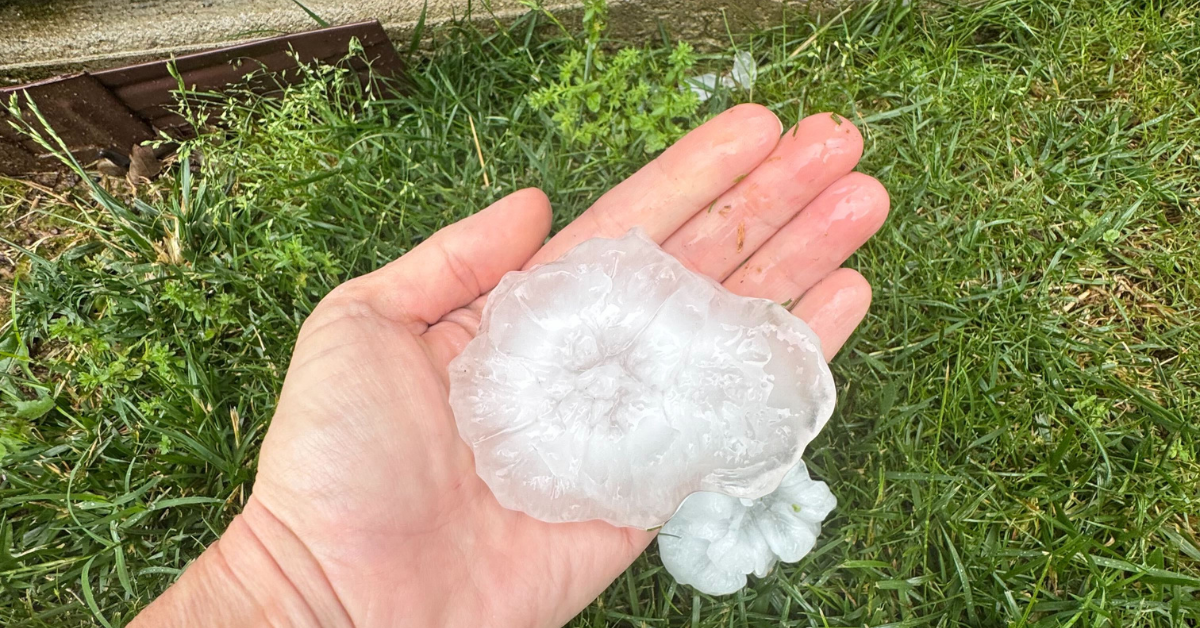
Roof Damage from Hail in Middle Tennessee: A Look at Hailstorms
Middle Tennessee is no stranger to hailstorms, with an average of five hail storms reported near Nashville, Tennessee, annually over the last decade.
When Hail hits, it can ding or crack the shingles on your roof. Hail can also damage the roof's surface, causing dents and loss of protective granules that affect both the roof's functionality and appearance. More than that, different roof types react differently to hail damage. Hail-damaged shingles can lose granules, making the roof more susceptible to sun damage. So, it is important to have a roofing professional check it out. During an inspection, they will look for visible signs of hail damage, such as dented, torn, curled, or missing shingles.
Roofs in Middle Tennessee are vulnerable to various weather conditions, including storms, snow, and high winds, and require regular roof cleaning and inspection to prevent structural issues and protect your home. After hailstorms, high winds can follow and cause additional problems. Wind driven rain can lift shingles, break the water-tight seal, and allow water to penetrate the roof system.
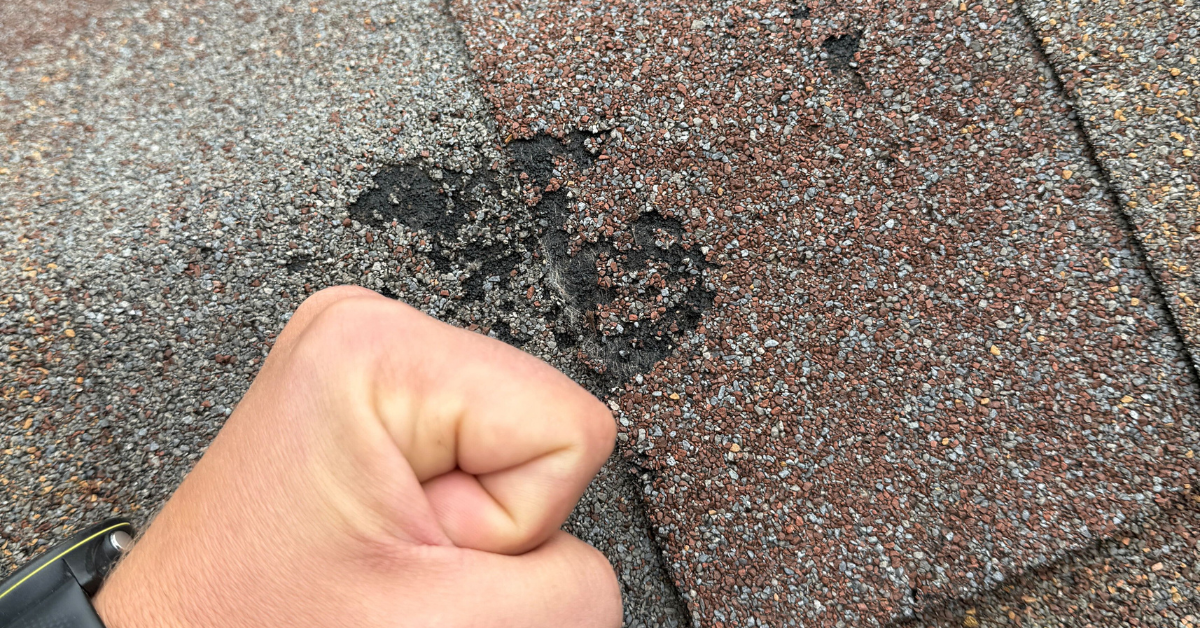
Heavy Rain
With an average of more than 50 inches of rainfall annually, middle Tennessee roofers must also be conscious of roof damage resulting from heavy rainfall.
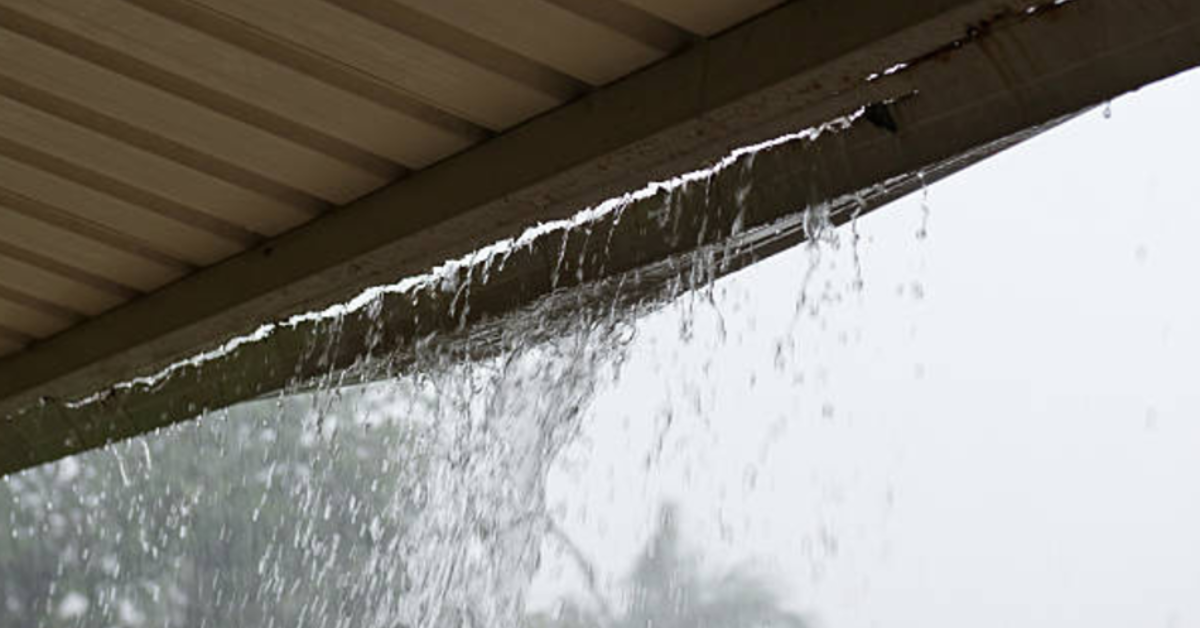
The force of hard rain can damage shingles and other important roofing structures. Plus, water can settle in hidden places causing further damage.
Strong Winds
Often, high winds follow hailstorms and heavy rain patterns. Aside from the eerie sound wind makes as it whips against your home, it can cause extreme damage to your home's roof. From ripped off shingles, loosened tiles, or gutters, and even roof structure damage from debris, intense winds can certainly wreak havoc on your home's roof. Broken branches are also a common hazard during roof inspections after storms and should be removed promptly to prevent further damage.
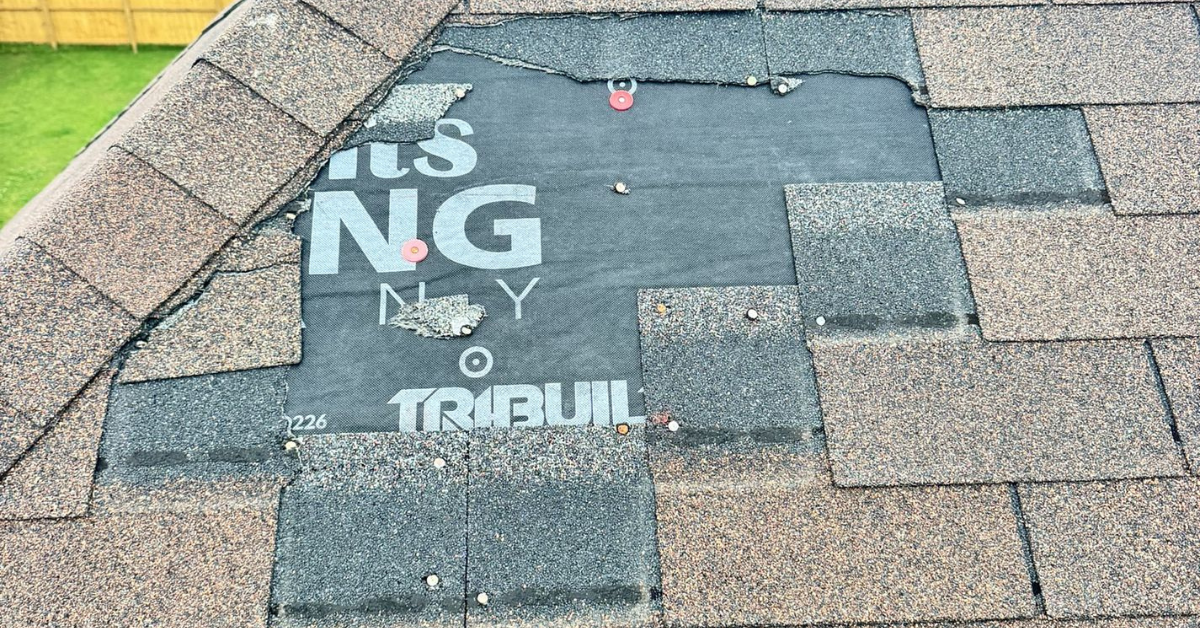
Heat Waves
Just last month, Middle Tennessee broke another heat record, reaching a high of 100 degrees in a month where the historical average is 83 degrees.
Extreme heat causes materials to expand, compromising roofing elements such as shingles, decking, joists, and beams. Elevated temperatures are also known to lead to letting in water when the next storm comes, creating a cycle of roofing problems.
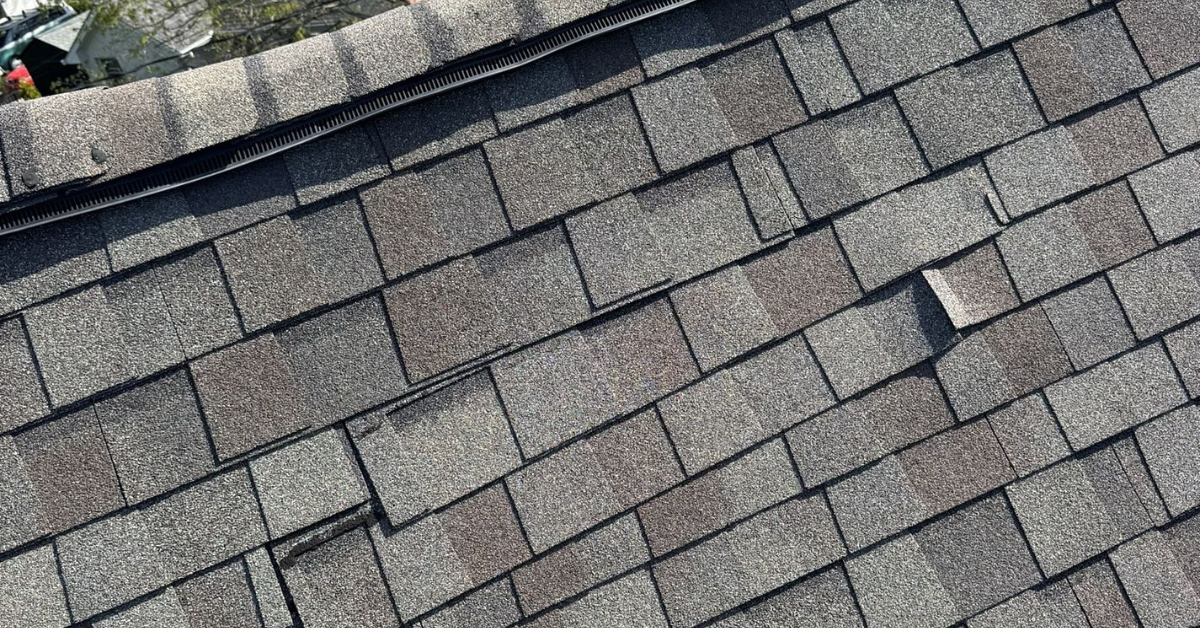
Snowy Weather
Though current weather patterns make it hard to consider temperatures below freezing, the winter months are sure to bring a snowstorm or two to Middle Tennessee.
Once snow melts, the underlayment and shingles are subject to moisture penetration which often leads to subsequent leaks and indoor mold issues. Heavy snow is also known to affect roofing decks and once collected in gutters, can further water damage. Heavy snow buildup and snow buildup in gutters can cause leaks and even structural damage to your home. Heavy snowfall during harsh weather can also lead to the need for gutter repairs and professional inspections to address any issues caused by accumulated snow and ice. Maintaining your home's gutters, including removing fallen leaves before winter, is essential to prevent gutter damage and ensure proper drainage. Taking preventative measures, such as regular cleaning and professional maintenance, can help prevent gutter damage and protect your home from costly repairs.
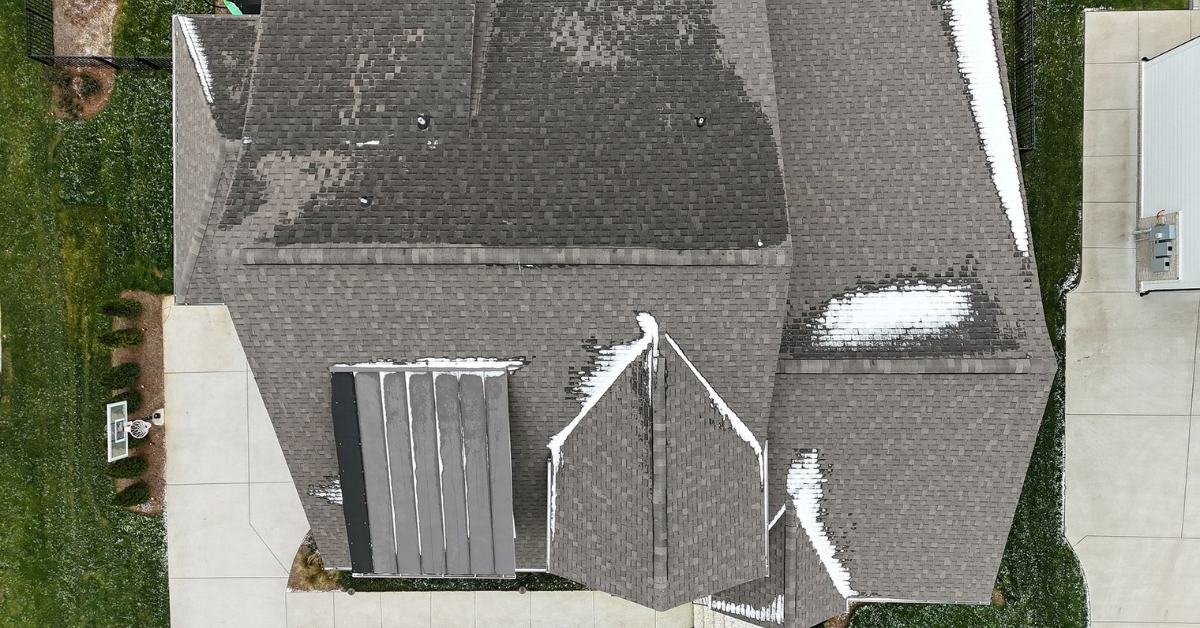
Causes of Ice Dams
Ice dams are a frequent winter headache for homeowners, and they can wreak havoc on your roof if not addressed quickly. The main culprit behind ice dams is the uneven melting and refreezing of snow on your roof. When warm air escapes from your attic, it heats the roof deck and causes the snow above to melt. As this melted snow runs down the roof, it can refreeze at the colder eaves, forming a stubborn ice dam. Over time, this ice buildup can force water back under the shingles, leading to roof damage and even water leaks inside your home.
Clogged gutters packed with debris make the problem worse by preventing proper drainage, allowing water to pool and freeze along the roof's edge. Poor attic ventilation and insufficient insulation also contribute to the formation of ice dams by allowing warm air to escape and heat the roof unevenly. To prevent ice dams, it's essential to keep your attic well-insulated and ventilated, and to schedule regular gutter cleaning to keep gutters clear of leaves and other debris. If you're concerned about ice dams or notice signs of water intrusion, a professional roofing contractor can assess your roof and recommend solutions to protect your home from winter weather damage.
Roof Inspections for Roof Damage
A routine roof inspection can help ensure your roof is protecting your home. However, an inspection becomes even more necessary after inclement weather.
Allowing a roofing professional to comb a roof's entire square footage will make sure soffits, gables, drip edges, eaves, gutters, valleys, fascia, downspouts, and rafter underlayment are sound. A professional also will check that vent pipes, flashing, ridges and hips are working correctly. A thorough inspection helps document the repairs needed for insurance claims and professional repairs. It can also help determine if the storm-related damage requires a new roof or if repairs will be sufficient.
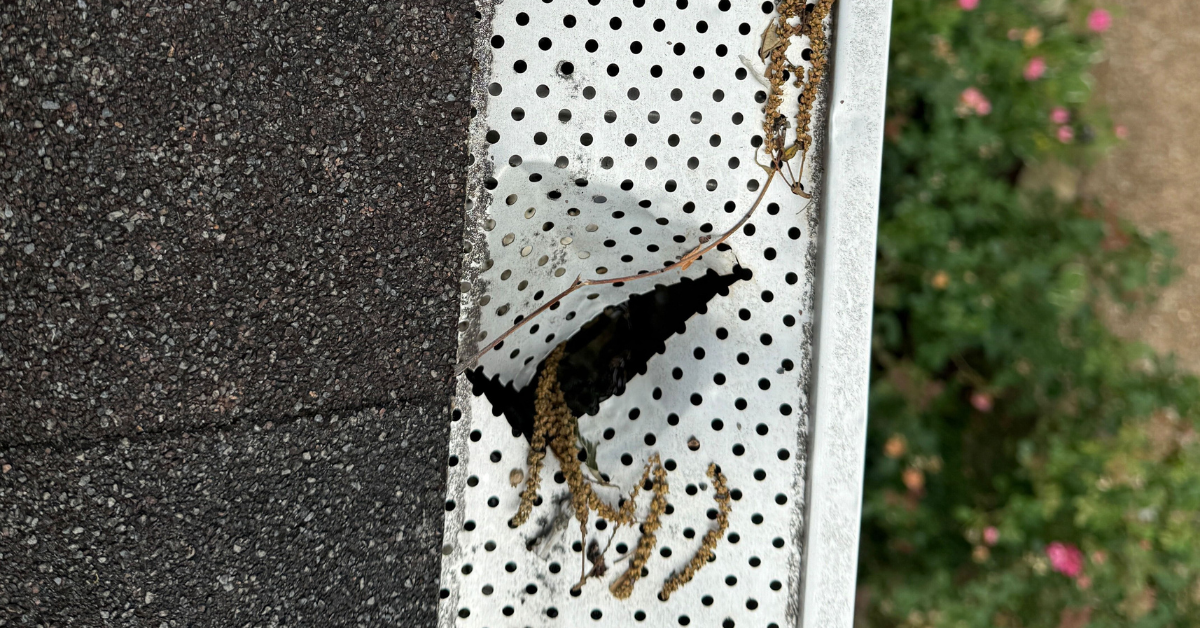
Preventing Gutter Damage with Gutter Guards
Snow and ice buildup can cause serious gutter damage during the winter months, but installing gutter guards is a smart way to protect your home's gutters and roof. Gutter guards act as a barrier, allowing water from melting snow to flow freely into the gutter system while blocking leaves, twigs, and other debris that can lead to clogged gutters. By keeping gutters clear, a high-quality gutter protection system helps prevent ice dams and reduces the risk of ice buildup that can damage both the gutters and the roof's edge.
With gutter guards in place, you'll also minimize the need for frequent gutter cleaning, saving time and reducing the risk of costly repairs caused by overflowing or damaged gutters. Properly functioning gutters are essential for directing water away from your home's foundation, helping to prevent water damage and structural issues. For the best results, consider working with a gutter cleaning service to install gutter guards and ensure your gutter system is ready to handle whatever winter weather brings.
Identifying Damaged Shingles
Spotting damaged shingles early is key to preventing roof damage and avoiding costly repairs down the road. After a major storm or during routine maintenance, look for common signs of shingle problems: missing shingles, shingles that are curled, buckled, or cracked, and areas where the protective granules have worn away. Damaged shingles can leave your roof vulnerable to water leaks, especially during heavy rain or snow.

Water stains on your ceiling or walls are another red flag that your roof may have been compromised. If you notice any of these issues, it's wise to schedule a roof inspection with a professional roofing contractor. An expert can thoroughly assess your roofing system, identify damaged shingles, and recommend the necessary repairs to keep your home protected. Regular inspections and prompt attention to damaged shingles can drastically reduce the risk of more extensive—and expensive—roof repairs in the future.
Understanding Insurance Coverage
When severe storms or harsh winter weather strike, understanding your insurance coverage is essential for protecting your investment. Most homeowners' insurance policies cover roof damage caused by wind, hail, and ice, but may exclude issues related to lack of maintenance or normal wear and tear. To make sure you're prepared, review your insurance policy carefully and document any storm damage with photos and detailed notes.
If you need to file an insurance claim, keep records of all repairs and communications with your insurance company. An insurance adjuster will typically assess the damage and determine what repairs are covered. Working with a professional roofing contractor can help streamline the claims process—they can provide detailed estimates, meet with the adjuster, and ensure that all necessary repairs are addressed. Staying informed about your insurance coverage and working with trusted professionals can help you navigate the claims process with confidence.

Hiring a Roofing Contractor
Choosing the right roofing contractor is one of the most important steps in protecting your home from roof damage and costly repairs. Look for a professional roofing contractor with a proven track record in roof repairs and replacements, as well as proper licensing, insurance, and positive customer reviews. Ask for references and make sure the contractor is experienced in handling insurance claims and working with your specific roofing system.
A reputable roofing contractor will provide a thorough assessment, clear estimates, and high-quality repairs to restore your roof's integrity. In Middle Tennessee, homeowners can count on local experts like Five Points Roofing for reliable service and expert advice. By taking proactive steps, such as regular maintenance, timely repairs, and investing in gutter protection systems, you can drastically reduce the risk of future damage and keep your home safe, secure, and ready for whatever the weather brings.
Find Out More
Inspections give homeowners peace of mind, and our team the necessary time to patch, repair, or resurface. Plus, our drone inspections help uncover potential damage's root causes in overlooked places.
If you suspect damage to your roof or want to prevent future issues, contact our team today at Five Points Roofing.




